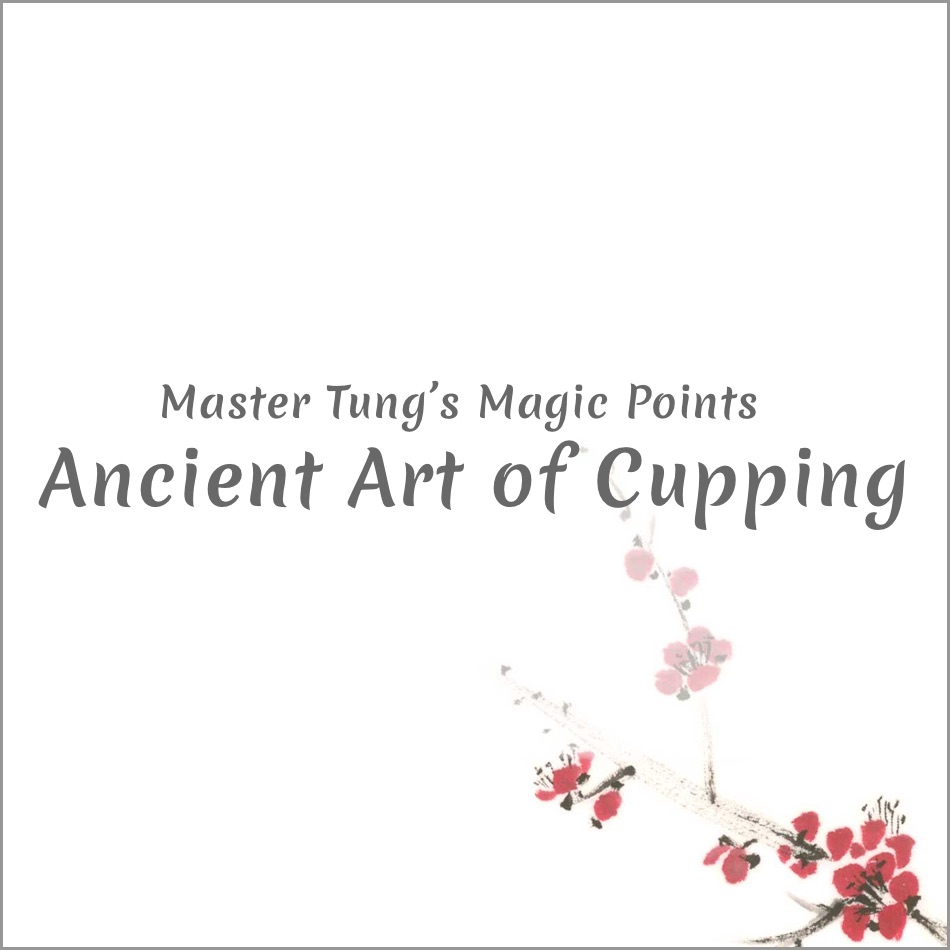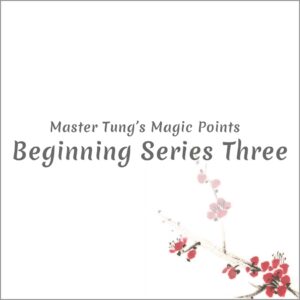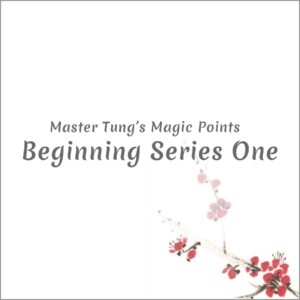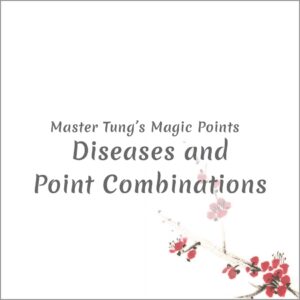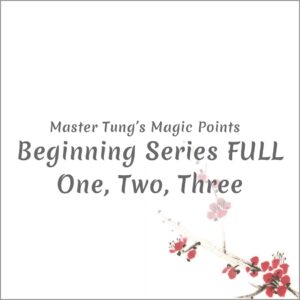Ancient Art of Cupping
Description
This one-day course will explore clinical applications of cupping and the differentiation of cupping styles and suction techniques. Cupping can yield immediate results and Susan emphasizes the patterns she uses for various diagnosis due to their clinical usefulness through lecture, diagrams, and videos.
The ancient art of cupping is an extraordinary tool used by healers and lay people in many cultures. Cupping draws toxin buildup or muscle spasm out of the deeper tissues of the body, while simultaneously pulling in freshly oxygenated blood. In cases of blockage or stagnation, the proper use of cupping can reduce a patient’s healing time by weeks and even months.
In this course, Susan provides very detailed instruction in the many uses of cupping techniques, including when, where, how and why we use cupping, as well as printable versions of ten different cupping patterns and a color brochure for patients. View close-up digital video cupping demonstrations of many of the major joints with Susan’s live commentary, and learn how to radically transform your practice.
Handouts will be provided; no books are required. You will learn about:
- Introduction and History of Cupping
- Informing the Patient
- Avoiding Blisters
- Clinical applications of cupping
- Using cupping as a diagnostic tool
- Various styles of suction
- The meaning of shades of color on the skin
- How and why toxins build in muscles and joints
- Types of Cups and Cupping
- Bamboo Cupping
- Running Cups
- Expectations and Aftercare
- Pain Thresholds/Trauma History
- When to Avoid Cupping
- Cupping or Gwa Sha on Children, Elderly or Sensitive Patients
- Cupping Yourself
- Sterilization
- Handouts with clear diagrams of specific cupping patterns
Video Contents
Hour 1
-
Introduction
-
Picture of “cupping with garbage”
-
Children and cupping
-
About cupping neck and shoulders
-
About facial cupping
-
Picture of “second round of cupping”
-
Cupping as diagnostic
-
Where the problem is
- What type of problem it is (bone, muscle, toxin, nerve)
-
-
Cupping and detoxification
-
Using the cupping brochure
-
Managing differing pain thresholds
- When and when not to cup
-
Balance sides of body when cupping
Hour 2
-
People who do repetitive motions
-
People with migraines
-
People with psychiatric issues that need to be paid attention to
- Which areas to needle
- Where and how to cup
- Kinds of cups and cupping
- Vacuum cups
- Cup sizes
- Running Cups
- Protocol post-cupping
- Itching
- Sterilization
- Using cups on yourself
Hour 3
-
Patient sensitivity
-
Motivating patients to try cupping
-
Working with patient styles
-
If patient is experiencing pain
-
After cups removed - working with patiens
-
Gap cups - what are they?
-
What to do to treat chronic herpes/shingles
-
When bleeding/cupping shingles areas
-
When it is okay to cup cysts
-
What areas to avoid cupping
-
Palpating blockages, congested areas
-
Checking disc problems
-
When to use Gua Sha instead of cupping
-
Cleaning cups
-
Describing Gua Sha method
-
Cupping and Gua Sha release toxins
-
Various reasons why points might not feel good after cupping
-
Whiplash
-
If patient doesn’t want cups
-
Strategies to work with kids
-
Working with elderly
-
If cup mark does not go away
- Neck Pattern A with Scapula B
- Neck B with Scapula A
- Toxin Points DT01 and DT02
-
How much suction to give cups
-
How often to cup to keep body free of toxins
-
When people having radiation/chemo
-
Protocol for when to cup
-
Cupping pattern - upper back
-
Cupping jaw pattern
-
Cupping neck
-
If cup is on an artery
-
Deltoid shoulder cupping pattern
-
Lower back pattern
-
Cupping pregnant women
-
Cupping and sciatica
-
Lower back/hip pattern
-
Flank cupping pattern
-
Using Great Mender from Plum Flower
Hour 4
-
Gua Sha of neck
-
Cupping neck, shoulders, toxin area
-
Cupping GB21, upper toxin & scalenes
-
Why we skip some areas
-
Changes of cup marks over seven days
-
Cupping deltoid & toxin areas
Hour 5
-
Cupping lower back, sacrum, coccyx, buttocks
-
Cupping lower back and hip
-
Cupping the jaw
-
Patient interview 9 mos. after cupping jaw
-
To prevent woozy or blackout
-
If not seeing them soon
-
If treating spasms
This course also carries a total of _______________ CEUs (for NCCAOM & CAB) upon quiz completion.
Handouts will be provided; no books are required.
Refund Policy
We are not able to offer refunds for our online courses.
Continuing Education Units & Certification
California Acupuncture Board (CAB)
Diseases and Point Combinations qualifies as a CAB Category 1 Course and provides _______________ units of CAB continuing education credit. If you choose the CAB option, successful course completion includes a CAB completion certificate attesting to your completed CEUs.
NCCAOM
Diseases and Point Combinations qualifies for _______________ units of NCCAOM continuing education credit. If you choose the NCCAOM option, successful course completion includes an NCCAOM completion certificate attesting to your completed CEUs.
For those practitioners licensed by more than one of these bodies, the capacity exists to download certificates for more than one body (instructions are provided in the learning platform.)
General Attainment Certificate
Should you not be affiliated with the above certification boards, you will receive a general certificate of upon successful completion of the course.
One Year Course Access
Your course purchase provides you with one year of access time.
Instruction provided by Susan Johnson, L.Ac. CAB #2329
This course has been approved by NCCAOM, and the California Acupuncture Board (Provider Number 0005) for a total of _______________ hours of PDAs/CEUs.
